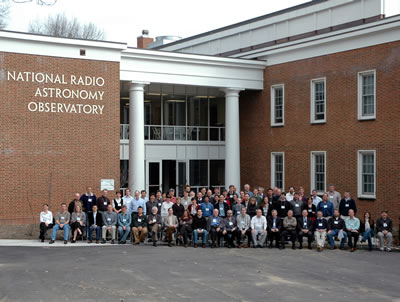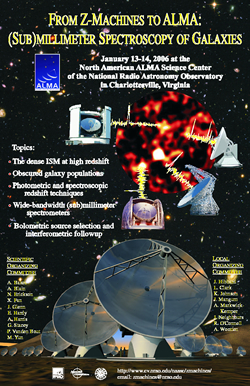Abstract Detail
14 January, 2006 - 4:10 PM Formaldehyde: A High Redshift Tracer of Pre-Starburst Molecular Gas? Jeremy Darling (University of Colorado) Formaldehyde (H2CO) has been observed in absorption against the cosmic
microwave background (CMB) in dark clouds in the Galaxy, indicating an
anti-inversion of level populations most likely induced by collisions
with H2.
In an extragalactic setting,
H2CO
may provide a unique tracer of the cold molecular ISM
in pre-star-forming molecular clouds.
Because the CMB scales as TCMB = 2.73 (1 + z)
and lies behind every galaxy,
the detectability of H2CO likely increases
with redshift as (1 + z) and
does not rely on the fortuitous alignment
of flat- or inverted-spectrum continuum sources with molecular clouds that
has traditionally frustrated cold molecular ISM studies.
Since the "cooling'' of formaldehyde is collisional, line ratios can
indicate molecular hydrogen density as well as excitation temperatures,
providing new insight into the cold molecular gas input
to star formation. ALMA can detect the Δ J = +/- 1 rotation transitions
of H2CO to arbitrary redshift, both in emission and absorption,
potentially providing redshifts for systems
undetectable in CO or CII lines.
Combined with cm-wave observations of H2CO
Δ J = 0 rotation transitions,
ALMA can characterize the physical state of the
cold molecular ISM in galaxies from the present to the early universe.
| |






